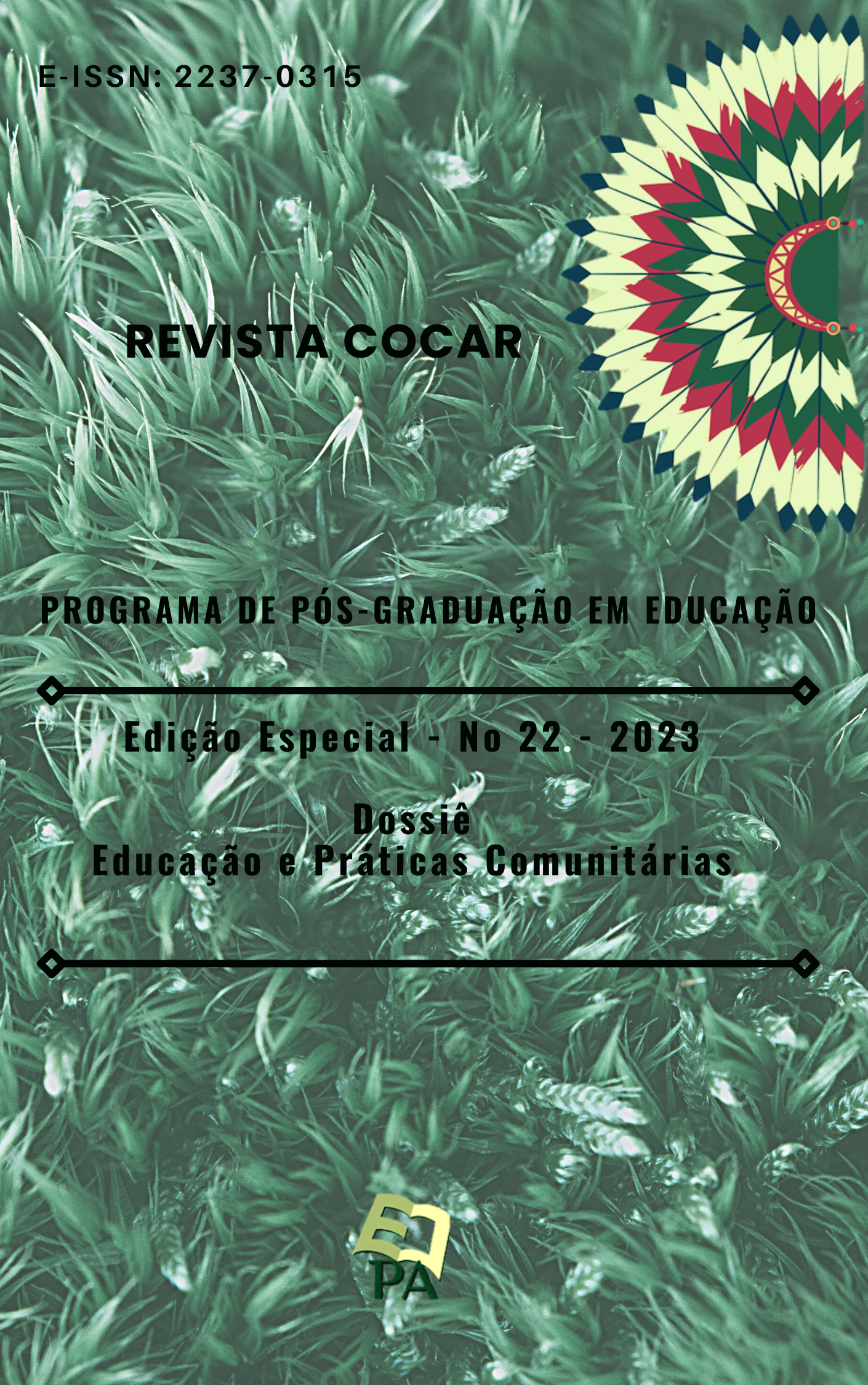Contribuições da Teoria do Símbolo para a formação de Tradutores e Intérpretes de Língua Brasileira de Sinais (Libras) Surdos
Contributions of Symbolic Theory for the training of Deaf Translators and Interpreters of Brazilian Sign Language (Libras)
Resumo
Objetiva-se analisar a formação de Tradutores e Intérpretes de Língua Brasileira de Sinais (TILS) surdos. Apoia-se nas noções da Teoria do Símbolo elaborada por Norbert Elias. Trata-se de um estudo de caso de natureza qualitativa. Elege-se como procedimento de recolha e produção de dados a entrevista semiestruturada com dois docentes (um surdo e um ouvinte) do curso de bacharelado em Letras Libras ofertado na Universidade Federal do Espírito Santo. Considera-se que independente da língua de partida, a potência na formação de TILS surdos está no contato com diferentes fontes textuais, na troca de conceitos, palavras ou sinais com seus pares – sejam eles ouvintes ou surdos – durante suas trajetórias formativas.
Palavras-chave: Formação de TILS; Norbert Elias; Teoria Simbólica.
Abstract
The aim of this article is to analyze the training of Deaf Translators and Interpreters of the Brazilian Sign Language (TILS). It is based on the notions of the Symbolic Theory developed by Norbert Elias. This is a case study of a qualitative nature. Moreover, it is designed as a procedure for data collection and the production of a semi-structured interview with two professors (a deaf teacher and a listener one) of the Bachelor of Arts in Libras offered at the Federal University of Espírito Santo state. It is considered that regardless of the language of origin, the power in the training of deaf TILS lies in the contact with different textual sources, in the exchange of concepts, words or signs with their peers - whether they are listeners or deaf - during their training trajectories.
Keywords: TILS Training; Norbert Elias; Symbolic Theory.
Downloads
Downloads
Publicado
- Visualizações do Artigo 201
- pdf downloads: 58























